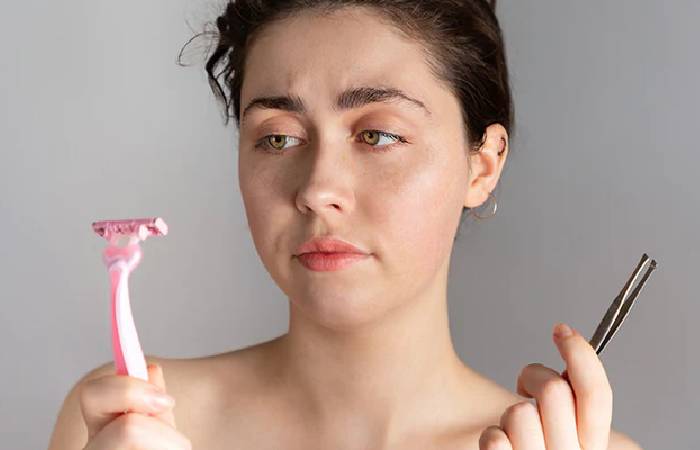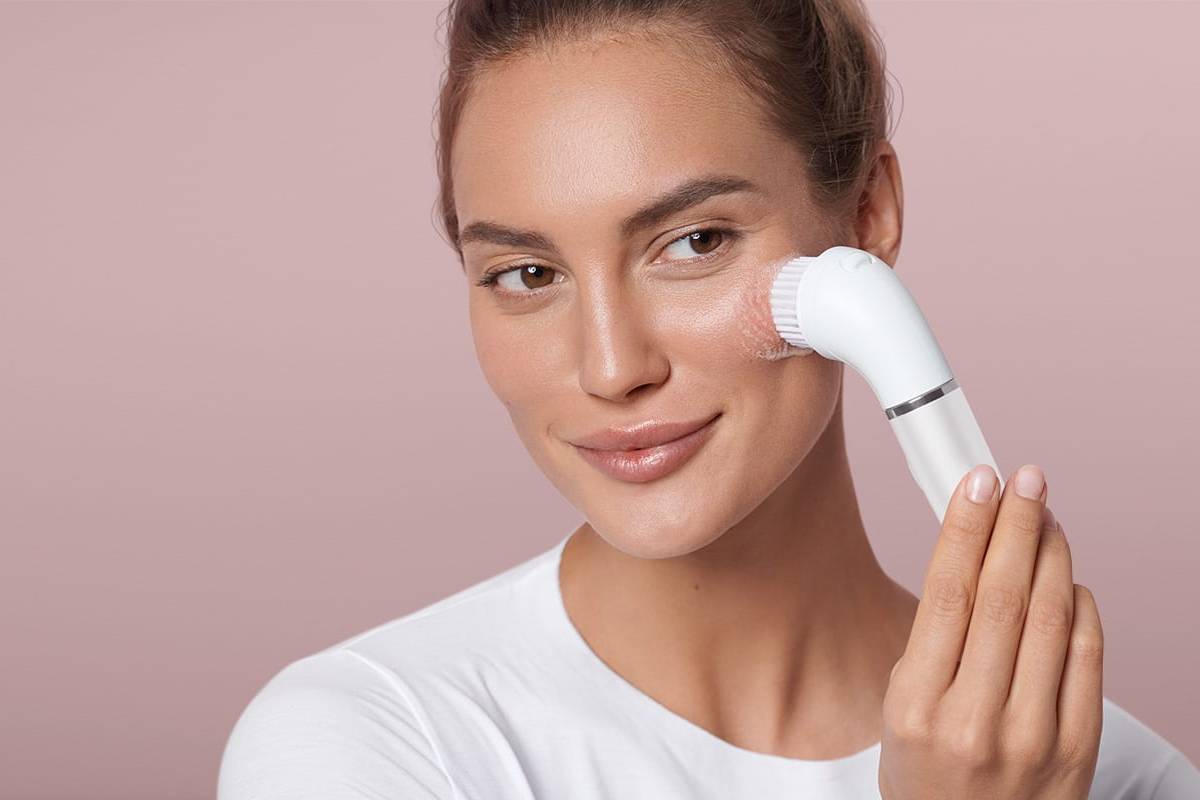Remove Facial Hair – Hair growth can happen due to hormonal changes. It can also be caused by genetics. If it bothers you that you grow hair on your face, follow these instructions:

Table of Contents
1. Shaving
Shaving is one of the wildest and easiest ways to remove hair and get on with your day. Whether you use a disposable or electric razor, both take a built-in blade that lifts and cuts hairs on the skin surface.
Razors can work on different parts of the body, including your:
- the legs
- the arms
- armpits
- bikini zone
- Expensive
- They can also safely delete your:
- superior lip
- chin
- Eyebrows
- paws
However, the results are not permanent or long-lasting. Your face will remain hairless for one to three days, after which you will need to shave again.
For best results, clean your face and apply a layer of soap or shaving cream. And it promotes a smooth surface and reduces the risk of cuts. Slide the razor across your face in the direction of hair growth.
While this method is relatively safe, ingrown hairs can be a side effect of shaving. These little bumps develop when hair grows back into the skin, and Ingrown hairs usually get better on their own within a few days.
2. Hair Removal
Tweezers are another effective and inexpensive way to remove facial hair, and this method works slightly differently than shaving. Instead of removing hair with a razor blade, tweezers are designed to pull out or pull out hair at the root.
The tweezers work on all facial hair, which is advantageous when shaping eyebrows. Generally, waxing results last longer than shaving, from three to eight weeks.
To remove facial hair, follow these steps:
Before you begin, cleanse your face with a warm washcloth to soften the skin.
Isolate the hairs you want to remove.
While holding the skin taut, pull out one hair at a time.
Always pull or epilate in the direction of hair growth.
Waxing may cause slight discomfort but is usually not painful. If you have pain, rub an ice cube on the area to reduce redness and swelling.
Be sure to disinfect your tweezers with rubbing alcohol before and after waxing. Just like shaving, tweezing can also cause ingrown hairs.
3. Hair removal
Waxing is another option for removing facial hair. This technique can remove hair for up to four weeks, which might be a better option if you’re busy and don’t want to shave or wax regularly.
Epilators work the same way as waxing and shaving. The difference is that epilators remove facial hair by catching several inches and pulling them out by the roots. Because hair is pulled from the heart, it takes longer to grow back. Sometimes waxing makes hair softer and thinner, and strands may become less visible.
You may only think of epilators when epilating legs or larger body areas. But epilators come in various sizes, making them ideal for removing hair from all body parts.
You do not need to prepare your skin when using an epilator. However, exfoliating a few days beforehand helps smooth the skin and reduces the risk of ingrown hairs.
Once you are ready to epilate with an epilator, follow these steps:
Hold the epilator at a 90-degree angle.
Tighten your skin. Move the epilator in the direction of hair growth.
Slowly slide the epilator over your face to prevent hair from breaking. Don’t press too hard against your skin.
The process can be painful, but slowing down can reduce discomfort. If you feel tender afterwards, apply an ice cube to the sore spots to minimise swelling and inflammation.
4. Hair Removal at Home
Waxing is an effective way to remove all hair from an area. There are two types of hair removal kits:
wax strips that you warm between your hands before applying
wax that is melted in a heater and then used on the area with a stick
When shopping for wax, look for soft wax or wax formulated for use on the face, and hard wax is best for the legs and bikini area.
If you choose a wax that needs to be heated at home, buy a wax heater. A wax warmer will heat the wax evenly and allow you to control the temperature better.

